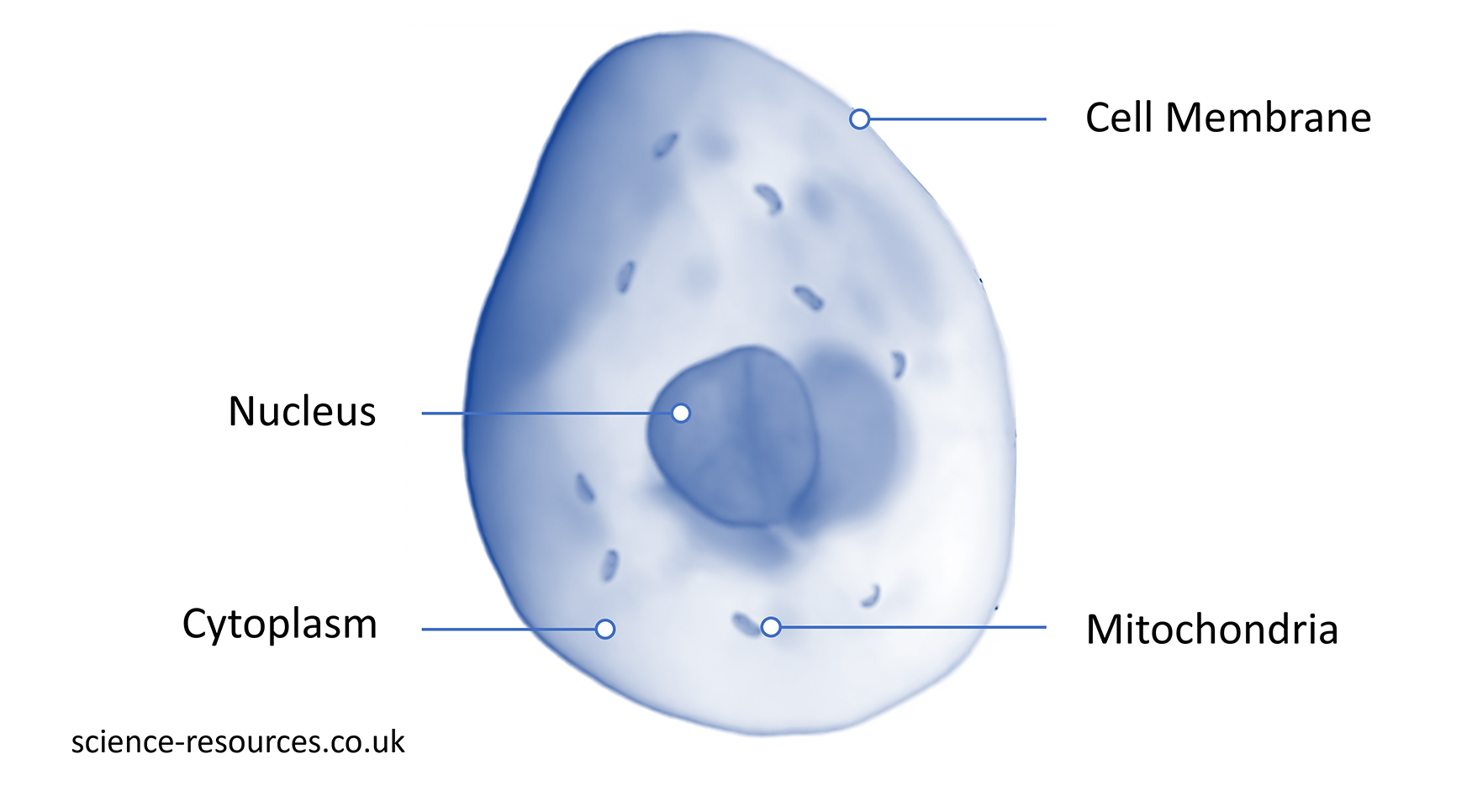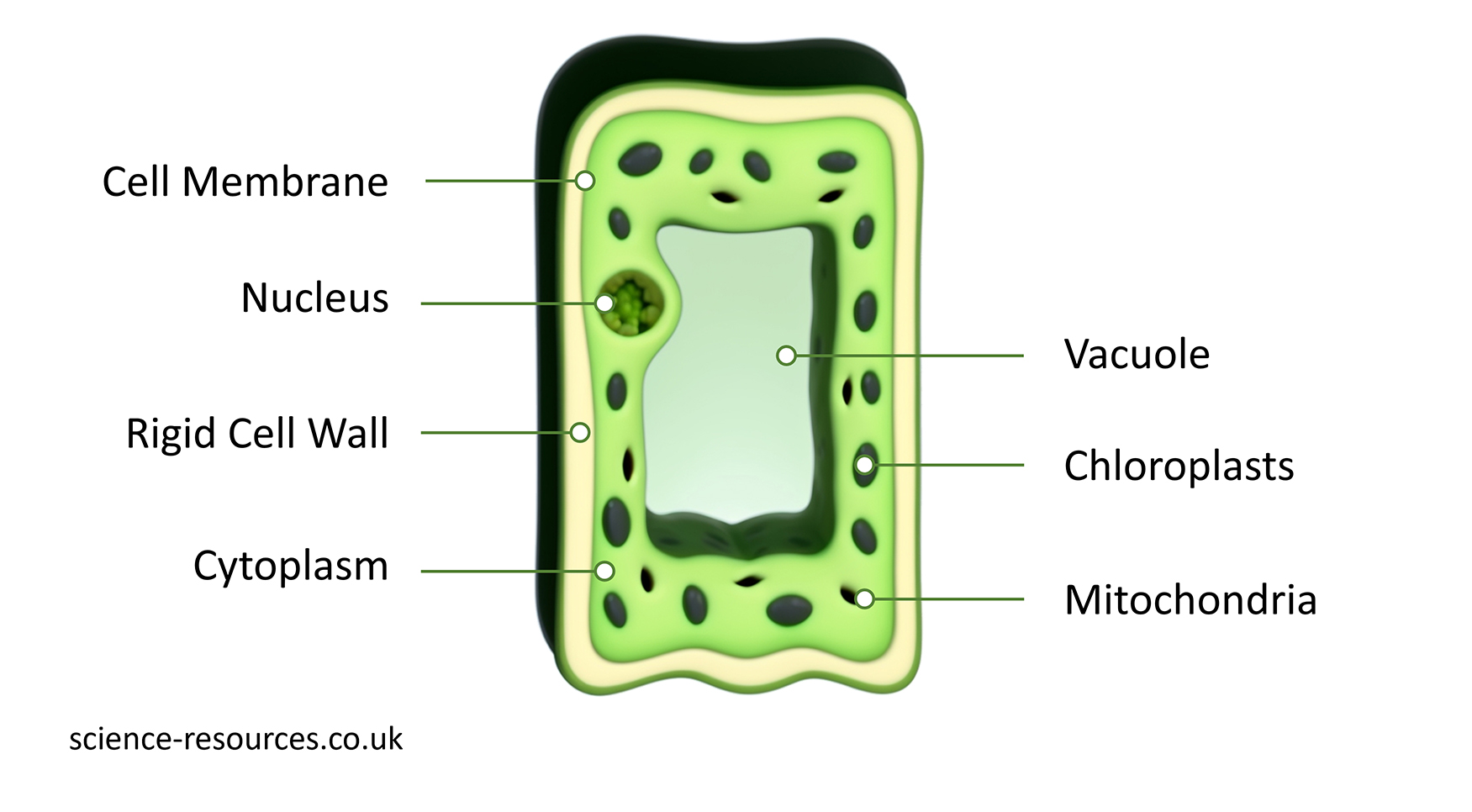Animal and plant cells
What are cells? Cells are the building blocks of life on Earth. They are microscopic and can be either unicellular (one-celled) or multicellular (many-celled). Multicellular organisms have specialised cells that perform different functions. What makes up an animal Cell? Animal cells have four main parts:

What makes up a plant cell?
Plant cells have a regular shape and the same cell components as animal cells. They also have three extra parts:

Summary:
Cells are the basic units of life and all living things are made of cells. Cells have different parts that do different jobs. Animal and plant cells are not exactly the same, but they have some parts in common. Four parts that both animal and plant cells have are: